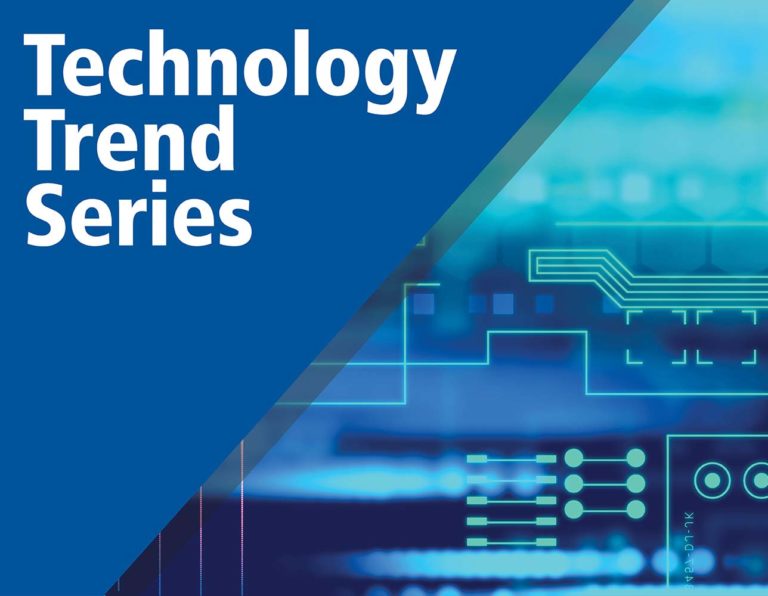Part 3 of the series examines big data and advanced analytics. As the world becomes more digitized through the convergence of mobile, social, cloud, and information, the volume, variety, and velocity of data are growing exponentially. From 2010 to 2020, the amount of data created, captured, copied, and consumed in the world increased by 5,000%.1
The use of digital technology and data analytics in corrections drives decision-making capabilities, infrastructure enhancements, and automation services. Correctional agencies will need to make a significant investment in tools to manage and leverage larger, more complex data and real-time data flow. The challenge is not about just learning from big data but doing it quickly enough so that it can bring value, and soon enough to make a difference regarding public safety.2
Key Takeaways
- Predictive Modeling to Manage & Mitigate Risk: Analytics platforms offering statistical predictions about potential criminal activity may have the ability to forecast when and where crimes are more likely to occur. Predictive algorithms are currently used for pretrial and bail, sentencing, probation and parole, and juvenile justice.3
- Multimodal Biometric Database: The biometric authentication and identification market is expected to undergo significant growth over the next five years. Since 2008, the FBI has been assembling the Next Generation Identification system, a $1 billion multimodal biometric database that combines fingerprints, iris scans, facial recognition, voice data and other biometrics. While this initiative greatly expands the amount of data searchable by federal and state agencies, new laws and regulations have been created to protect this confidential data.4
- Artificial Intelligence (AI) Technology: Advances in machine learning technology and big data have paved the way for new AI applications and capabilities. Agencies are predicted to make investments in AI teaching computers that improvise solutions to problems. AI will likely transform the corrections industry, and agencies will use it as a tool for officers, not a replacement.
- Data Mining & Analytics: Large quantities of unstructured data need technology to search, analyze, and organize complex data sets. Automated tools look for patterns or groups of records (cluster analysis), unusual records (anomalies), and dependencies (association rule mining).
Make Your Data Work for You
BI understands the many demands placed on community corrections agencies and officers. As more individuals transition from incarceration to community supervision, agencies are expected to do more with less. Our advanced statistical software, BI Analytics® Suite, incorporates client behavior and calculates potential risk, offering officers and managers convenient tools to quickly identify and address issues. The suite includes two distinct modules seamlessly accessible through BI TotalAccess®. Discover how our Analytics Suite can benefit your agency.
1https://www.forbes.com/sites/gilpress/2021/12/30/54-predictions-about-the-state-of-data-in-2021/?sh=97e0381397d3.
2https://nicic.gov/corrections-tech-2020-technological-trends-custodial-community-corrections-2017.
3http://www.datacivilrights.org/pubs/2015-1027/Courts_and_Predictive_Algorithms.pdf.
4http://www.datacivilrights.org/pubs/2015-1027/Biometrics_Primer.pdf.



